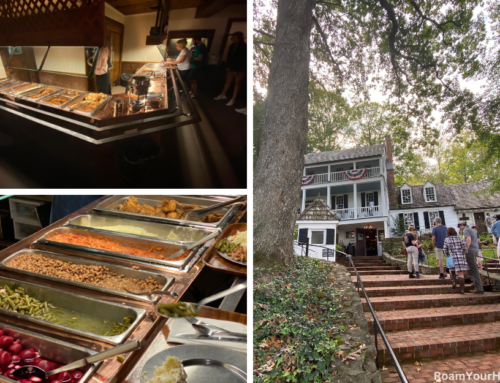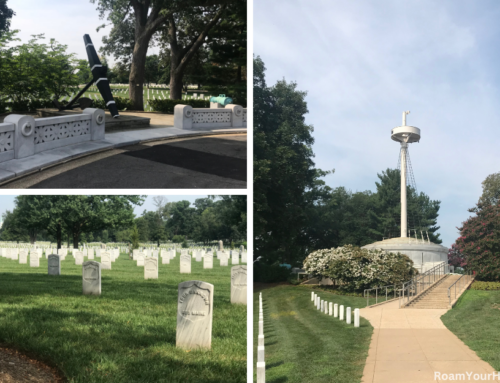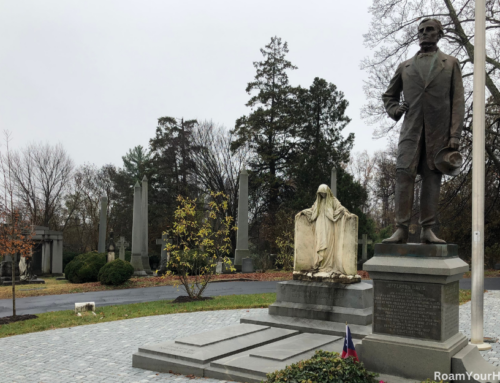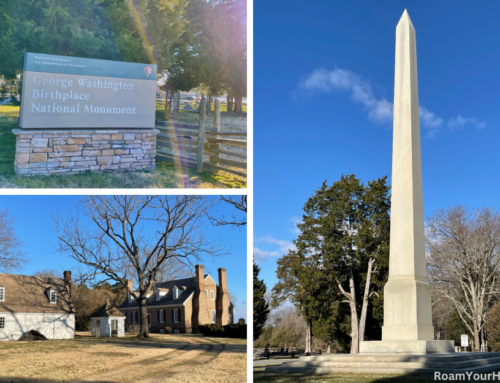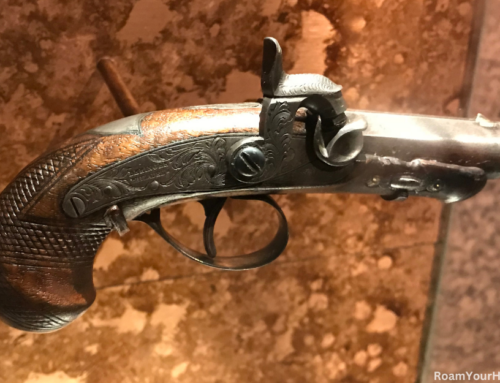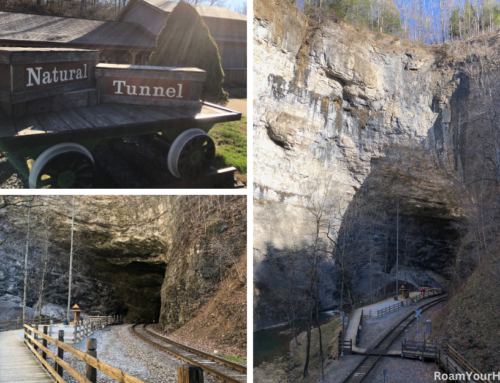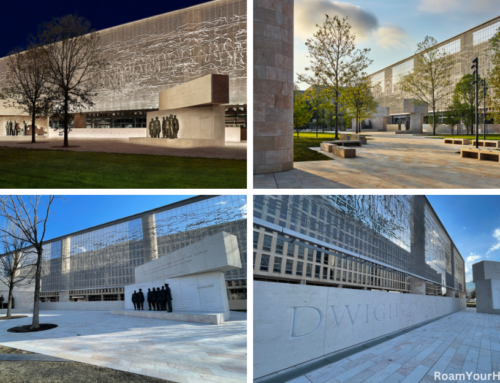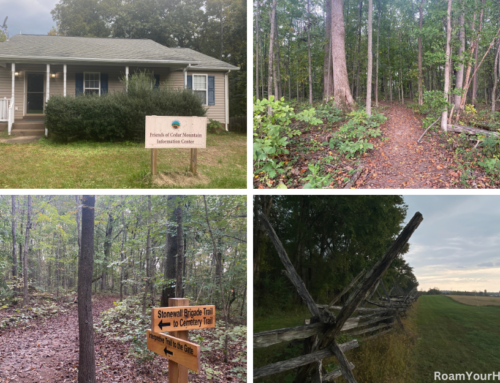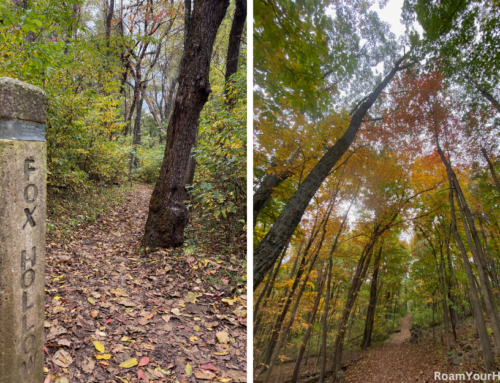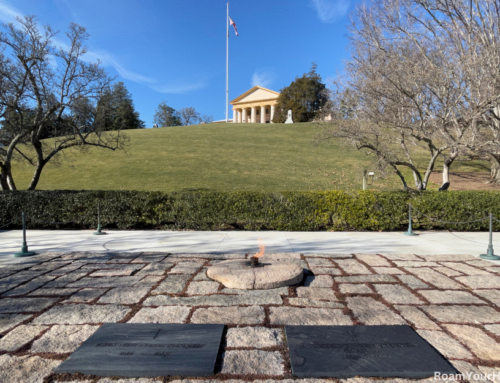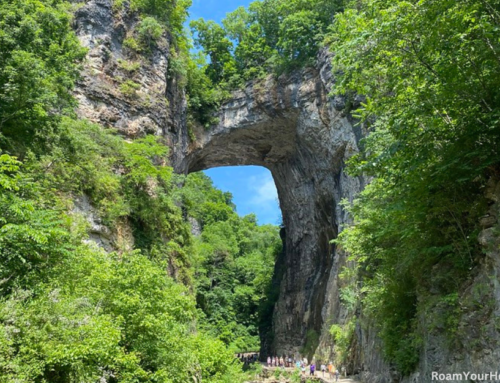
Rapidan Camp: President Hoover’s Virginia Mountain Retreat
Walking around Rapidan Camp, you can see why President Herbert Hoover and his wife chose this area for their rustic mountain retreat deep in the woods of Shenandoah National Park. The Hoovers spent many weekends and vacations at Rapidan Camp from 1929 – 1933 during his administration. The White House was the primary home, but the first family’s cabin became known as the “Brown House” and was their wilderness refuge for four years.
Herbert Hoover was born on October 20, 1874, in West Branch, Iowa. Orphaned at the age of nine, he was primarily raised in California. After an overwhelming victory in the 1928 presidential election, Hoover realized that returning home to California to decompress from the pressures of the presidency was not a reasonable option.
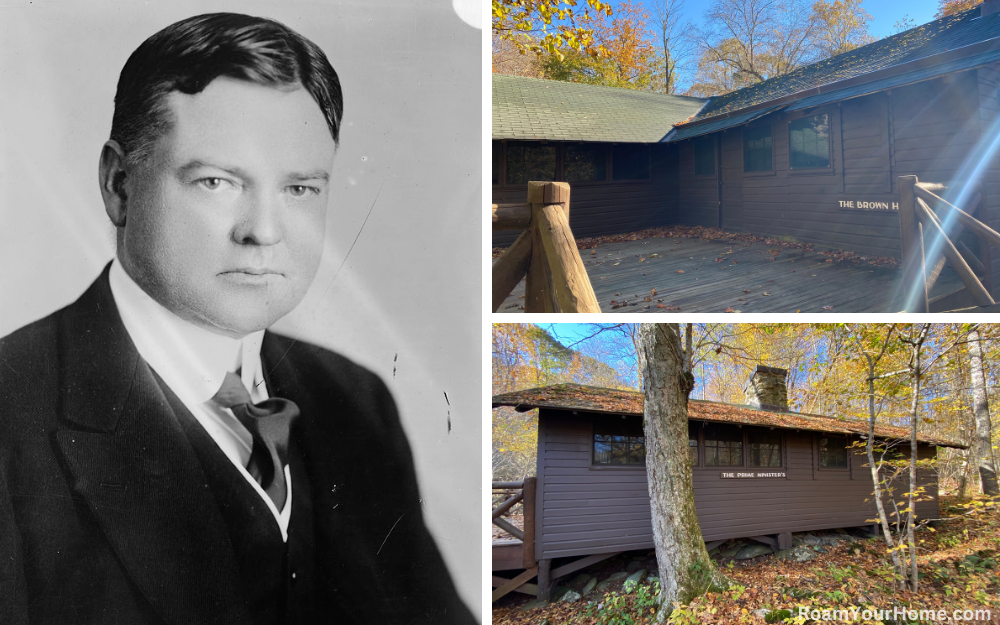
President Hoover’s Shenandoah Mountain Retreat
He needed a closer second residence to escape Washington. He wanted a secluded place within driving distance of Washington, DC, and perhaps his most crucial condition, abundant trout. Hoover was an avid fisherman. A remote hollow in Virginia at the headwaters of the Rapidan River fits all desired requirements… especially fish. Hoover would say this of fishing at his camp.
“I fear that the summer camp we have established on the Rapidan has the reputation of being devoted solely to fishing. That is not the case, for the fishing season lasts but a short time in the spring. It is a place for weekend rest—but fishing is an excuse and a valid reason of the widest range of usefulness for temporary retreat from our busy world.
In this case, it is the excuse to return to the woods and streams with their retouch of the simpler life of the frontier from which every American springs. … Fishing seems to be the sole avenue left to Presidents through which they may escape to their own thoughts and may live in their own imaginings and find relief from the pneumatic hammer of constant personal contacts, and refreshment of mind in the babble of rippling brooks.
Moreover, it is a constant reminder of the democracy of life, of humility, and of human frailty—for all men are equal before fishes. And it is desirable that the President of the United States should be periodically reminded of this fundamental fact—that the forces of nature discriminate for no man.” –Herbert Hoover
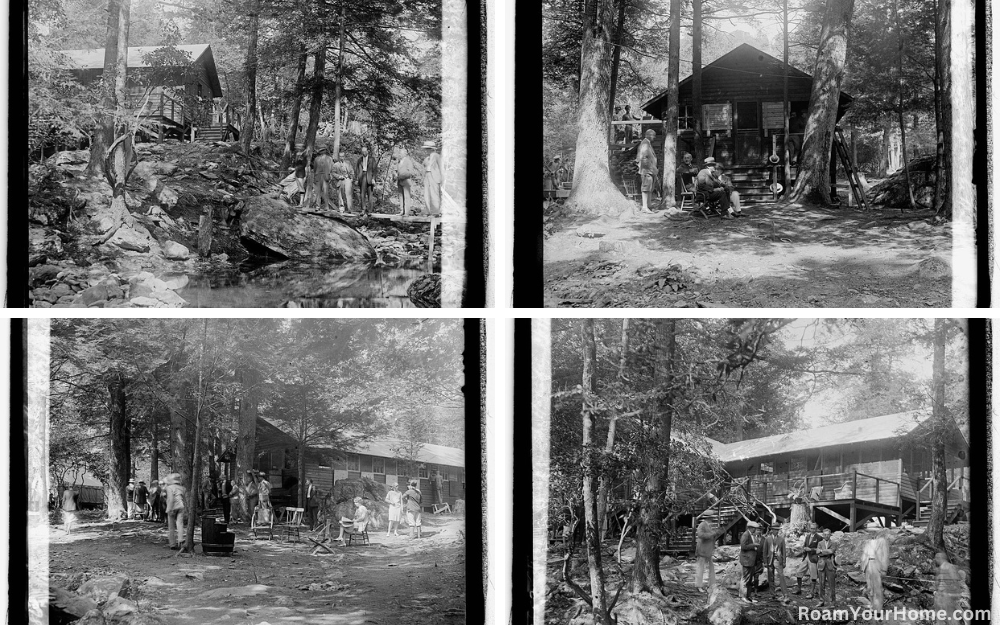
Hoover mixed fish and business at the camp
Fishing was a favorite recreation for Hoover, but the camp was also used for serious business. Dozens of U.S. and foreign dignitaries visited the cabin, including Thomas Edison, Theodore Roosevelt, and Winston Churchill, to name a few. The conversations, decisions, and company were all against the backdrop of a terrible time in our nation’s history. As history has it, this time would be associated with the Hoover Administration—the Great Depression. Despite the pressures of the tumultuous times, Camp Hoover offered a brief respite from reality.
“I have discovered that even the work of government can be improved by leisurely discussions of its problems out under the trees where no bells or callers jar one’s thoughts.” – Herbert Hoover

Visiting Herbert Hoover’s Rapadian Camp
Today, Rapadian Camp looks much the same as when the president and his wife, First Lady Lou Henry Hoover, spent time there. It is part of Shenandoah National Park and is visited by thousands yearly.
There are several options for getting there. Ranger-led tours leave the Byrd Visitor Center via shuttle bus. They are generally offered throughout the year except during winter. You can also hike to Rapidan Camp. That’s how we got there on a cool mid-October morning. I would highly recommend it to others.
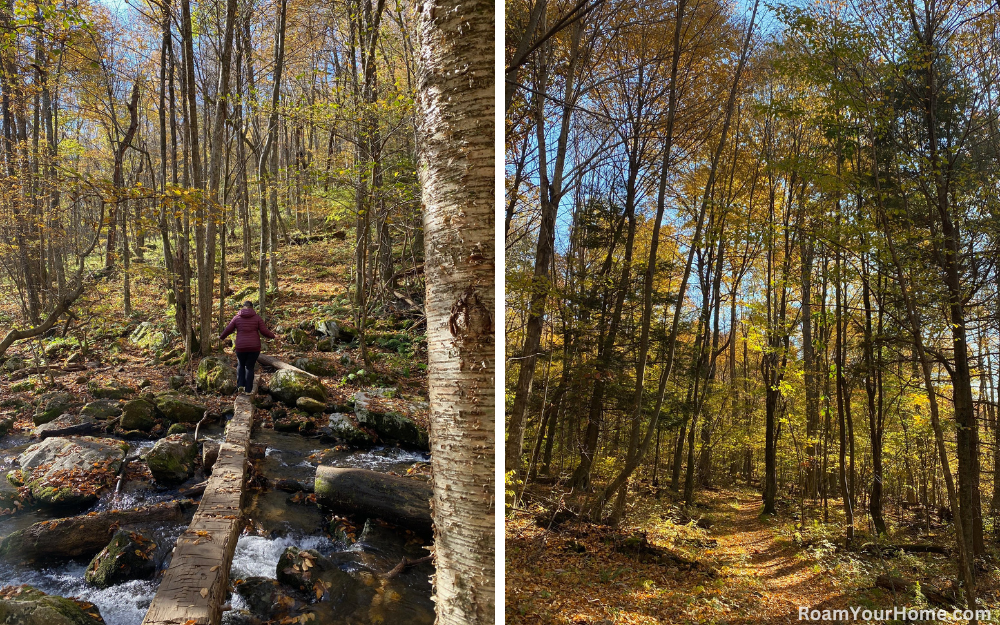
Hiking to Rapadian Camp in Shenandoah National Park
The trail starts at the Milam Gap parking area along Skyline Drive. My wife and I got to the trailhead just after sunrise. We were the only car in the parking lot. If you’ve been to Shenandoah, you know it is a rarity and luxury. We made a quick cup of coffee and some oatmeal on the tailgate; we needed a little fuel before the 4-mile hike. Now, it was time to hit the trail. From the parking area, you cross the road and hop on the Appalachian Trail southbound for about 100 feet until it intersects with the blue-blazed Mill Prong Trail, which heads towards the camp.
My wife and I have a healthy habit of visiting presidential sites, so I was stoked to do this hike. Of the dozens of times we’d visited Shenandoah, hiking Rapaidan Camp kept getting the obligatory “We’ll do it next time” stamp. Not today, folks! It was a bit chilly, but the sky was a deep dark blue as we marched through the fall foliage damp with morning dew. We moved steadily downhill, startling a few white-tailed deer along the way.
This hike has three different stream crossings and is pretty much straight down and straight back up. At the second stream crossing, we stopped for a quick breather and drink of water. Feeling refreshed, we hung a right onto the yellow-blazed Mill Prong Horse Trail and again started heading downhill.
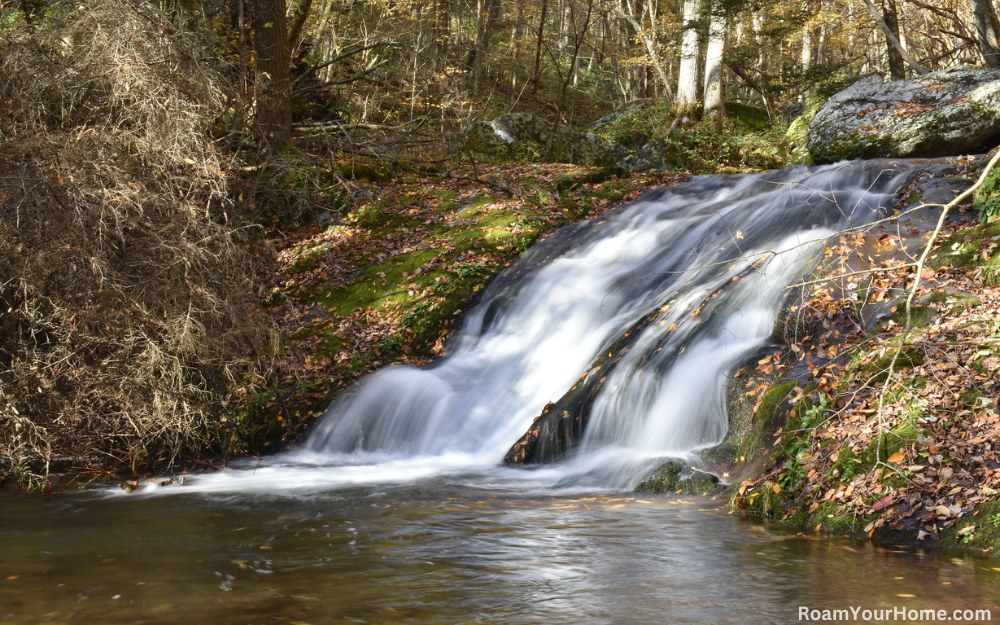
Big Rock Falls
After roughly a quarter mile, we came to the third stream crossing and the beautiful Big Rock Falls. Still having not seen another soul and not being in a hurry, we decided to enjoy the waterfall for a bit. It’s not huge by any means, but recent rains had the stream flowing well. The stream crossing was pretty cool. The park service flattened a big log across the stream. This made for an easy crossing, but I was still distinctly aware that if I were to fall in, it would hurt, and I would get soaked.
Arriving at the “Brown House”
Rapidan Camp is a short distance after the falls. We got there and had the place to ourselves. The “Brown House” was closed, but we could read some exhibits. The view from the back porch was stunning. As I said at the beginning, it was easy to see why the Hoovers loved this place so much. We took our time exploring the area. Walking around forgotten foundations of buildings long go, checking out another cabin called the “Prime Minister’s” cabin. As you can expect, it was used for guests.
After about an hour of exploring, a few other people arrived, and we decided to take off and let them enjoy Rapidan Camp as we did, privately, as the Hoovers enjoyed it.
We hiked out the same way we came in, but if you want a longer hike, you can turn it into a loop by taking the Laurel Prong Trail to the AT northbound and back to the parking area.
A Precursor to Camp David
Rapidan Camp was the precursor to Camp David, the current presidential treat. After Hoover lost the presidency to FDR in 1932, Roosevelt visited the camp, but it proved too tricky for him to navigate in his wheelchair.
That said, over the years, the cabins have been used by the Boy Scouts and fancy government officials. The camp was opened to the public in 2004.
For those interested in learning more about President Hoover, his boyhood home in West Branch, Iowa, is the Herbert Hoover National Historic Site.
Other Things to do in Shenandoah National Park
Hiking Shenandoah’s highest mountain, the summit of Hawksbill.


